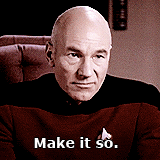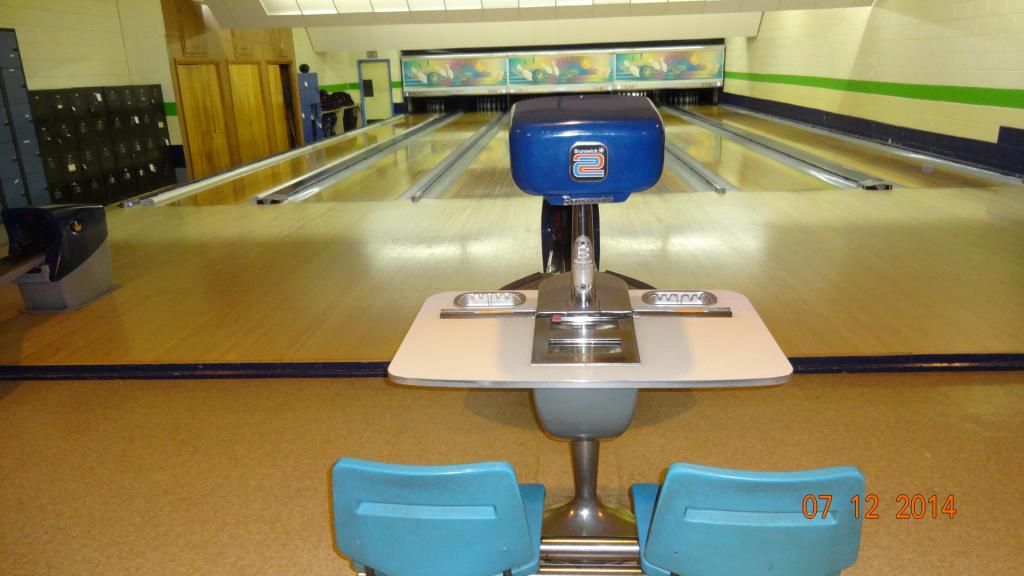
Originally Posted by
Mike White

First off, what Aslan bowled on wouldn't qualify as wood lanes. They were in such poor shape, with probably 90% of the first 15 feet being patched boards, and they hadn't been sanded to be flush with the board next to it. It was like bowling on asphalt.
As for decent condition wood, thats all there was during the majority of my bowling.
I shot my 1st 300 on wood, and my 791 series.
My recent 837 was on synthetic, with a massive wall of guiding oil.
You did see the wall of guiding oil in Vegas.
Mudpuppy, and Rob used it quite often, pulling the ball and it just stopped hooking at the oil line.
Rob tended to give the ball a little room early, but the ball would hook back to the oil line, then set in the pocket.
It may be that the wall of oil has always been there for your whole bowling experience, so you don't recognize it.
Real men bowl on a condition where if you miss your target (at 15 feet) by 1 board, you miss the pocket by 4 boards.
Wall babies (on the wall of guiding oil) can miss by 5 boards and still hit the pocket.
It's quite possible that the 6 lane center by using mops to apply oil didn't create the wall of oil, but it's highly likely they do when using a modern machine.
Back in the days before synthetic, there wasn't reactive resin balls. So if you wanted your ball to hit harder than a marshmallow, you had to learn how to roll it. Lane friction alone didn't make the ball roll like today's balls.
It was easy to throw too much revs, and the ball wouldn't hook at all. You see this today with house balls that some people try to spin.
You could throw the ball hard, with very little (if any) hook, but your angle of entry was weak.
If you slowed the ball down, you could improve the angle of entry, but the slow speed meant the ball hit with much less energy.
Bowling with plastic balls was a balancing act.
Some of us put in the time to optimize that balance and we outscored the masses.
Then came along reactive resin, and the balancing act was severely disrupted.
You couldn't over rev the ball and have it not hook, which mean as long as your revs were in line with your speed, you could increase both and the results kept improving.
The masses however couldn't control that much hooking ability so the bowling centers put more oil in the middle of the lane to help guide the ball to the pocket.
Back in the day it wasn't about what score you shot, it was about did you beat your opponent.
Now it seems people are more happy averaging 240 in a tourney and finishing 5th, compared to averaging 205 and winning.
Tough lane conditions test all parts of your game.
Easy conditions test your ability to play the wall the way the wall wants to be played.













Bookmarks